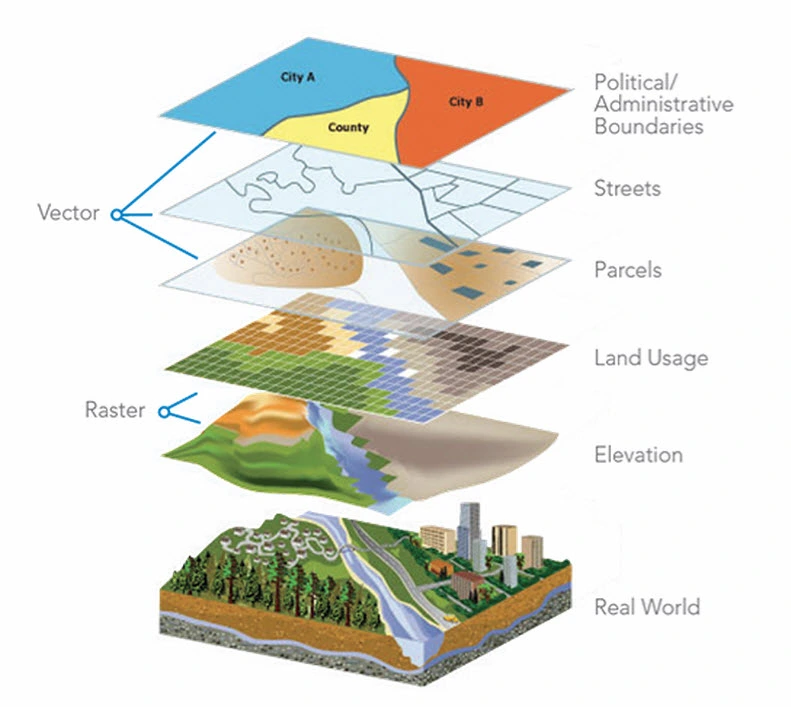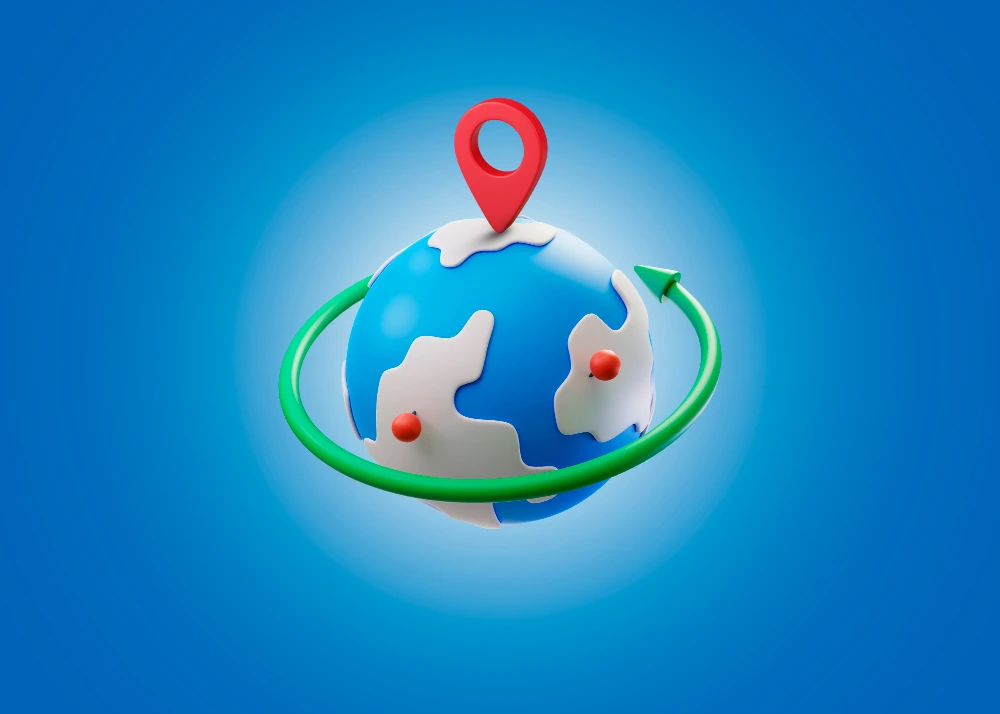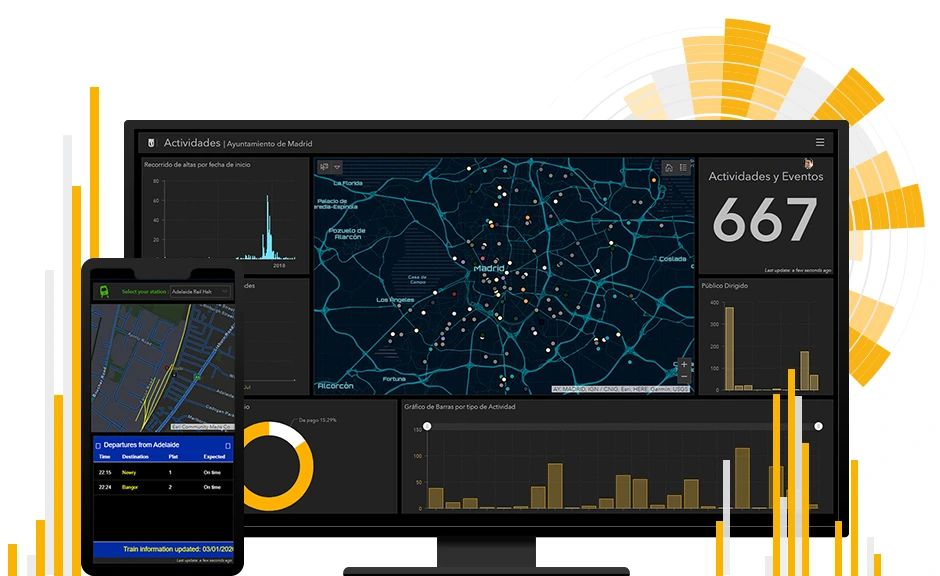How Geospatial Solutions Shape Urban Planning
In today’s fast paced world, cities are expanding at unprecedented rates. Rapid urbanization is bringing both opportunities and challenges from the demand for affordable housing and efficient transportation to the pressing need for sustainable resource management. Population growth, traffic congestion, climate change, and rising environmental concerns make it increasingly difficult for urban planners to create […]
How Geospatial Solutions Shape Urban Planning Read Post »










